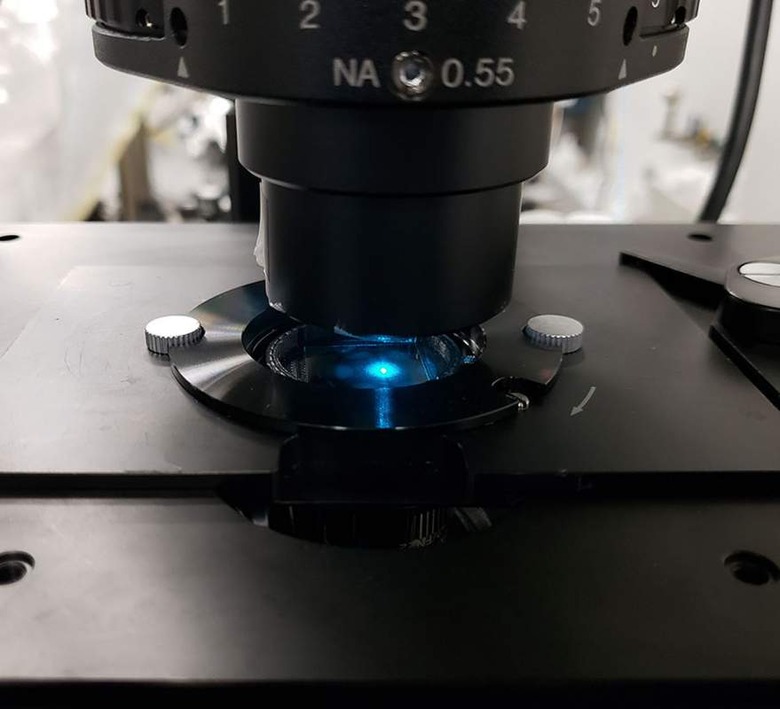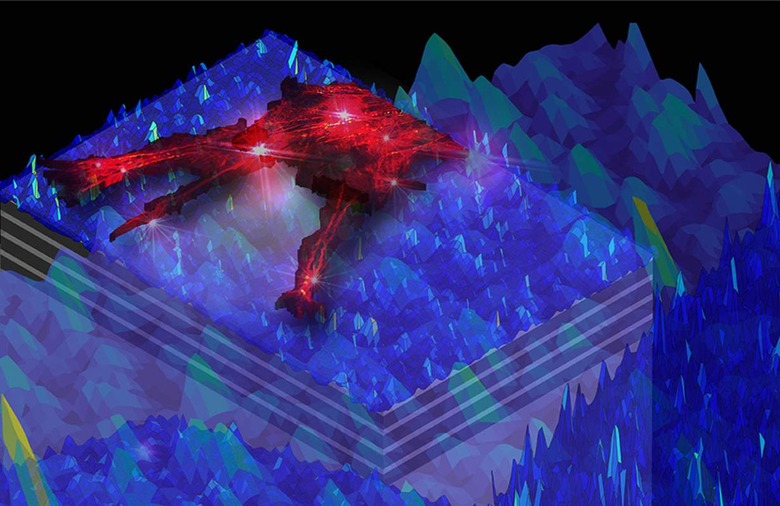Engineers Create New Material To Improve Resolution In Standard Microscopes
Engineers from the University of California San Diego have developed a new technology that lets ordinary microscopes see in higher resolution than previously possible. The new technology improves the resolution of standard light microscopes so they can be used to observe finer structures and details inside living cells directly. The new material turns a conventional light microscope into something termed a "super-resolution microscope."
Electrical engineers at the University created an engineered material able to shorten the wavelength of light as the sample is illuminated. The shortened wavelength of light allows the microscope to image the material in higher resolution. Professor of electrical and computer engineering at UC San Diego, Zhaowei Liu, says the material converts low-resolution light to high-resolution light. The professor says the material is very simple and easy to use, requiring a sample to be placed on the material, and then the entire thing is placed under the microscope.

No complex modifications are needed to the sample or the microscope itself. The work overcomes what has been a significant limitation of conventional light microscopes, their low resolution. Light microscopes are often used to image living cells but can't be used to see anything smaller than a living cell. The resolution limit on conventional light microscopes is 200 nanometers, which means anything closer than that distance can't be observed as a separate object.
Typically, observing anything closer than 200 nanometers requires more powerful microscopes, such as an electron microscope which can see some cellular structures. However, electron microscopes can't observe living cells because a vacuum chamber is required for the samples. Using the new material, a conventional light microscope can image live subcellular structures with a resolution of up to 40 nanometers.

The material created at the University is a microscope slide coated with a type of light-shrinking material called a hyperbolic material. It's constructed of nanometer-thin layers of alternating silver and silica glass that shorten wavelengths of light as the light passes through. The imaging technique creates a series of low-resolution images captured and pieced together by a reconstruction algorithm resulting in a high-resolution image.
